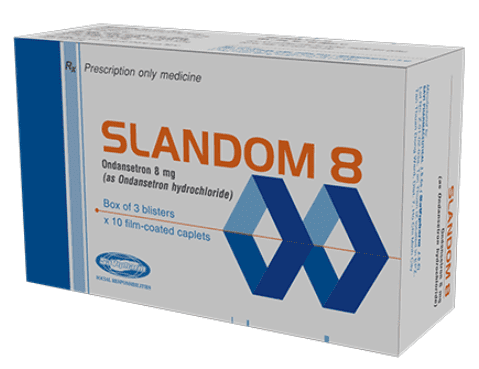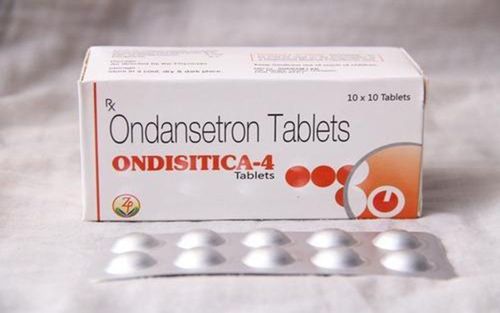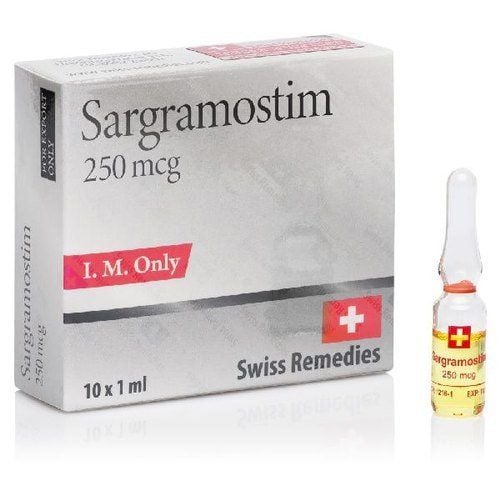This is an automatically translated article.
With the development of medicine today, there are many different methods in the treatment of esophageal cancer to kill cancer cells, including radiation therapy.1. Esophageal cancer treatment?
The biological structure of the esophagus is a long tube located behind the trachea, then down the esophagus through the opening of the diaphragm, the part connecting the mouth and throat to the stomach, where there is a valve used to prevent food from backing up into the esophagus. Esophageal cancer is cancer in which malignant tumors arise from the epithelial cells of the esophagus. This is the fourth most common malignancy in Vietnam, after digestive cancers including stomach cancer, colorectal cancer and liver cancer. Esophageal cancer is classified based on the cells involved, including:Adenocarcinoma begins in the cells of the mucus-secreting glands in the esophagus, usually appearing in the lower part of the esophagus. Squamous cell carcinoma usually occurs in the upper and middle third of the esophagus. Squamous esophageal cancer is the most common type in the world. According to statistics, esophageal cancer is common in the elderly over 50. The first clinical manifestation most easily recognized by the patient is gradually increasing choking, which may be accompanied by regurgitation and vomiting right after eating. The tumor grows to a large size, compressing the surrounding organs, causing pain behind the sternum, shortness of breath, hoarseness, coughing up blood. When detected in the late stages, patients often show weight loss, dry and dark skin, and exhaustion.
1.1 Subclinical diagnosis of esophageal cancer Subclinical diagnosis of esophageal cancer includes:
X-ray of the esophagus. Thoracic-abdominal tomography: assessment of tumor invasion, lymph node metastasis and distant metastasis. Indications endoscopic ultrasound to help differentiate early stage lesions and biopsy of mediastinal and abdominal lymph nodes. Indications endotracheal endoscopy to assess tracheobronchial invasion of cancer cells. PET/CT scan with F18-FDG to assist in staging, assessing response after treatment and detecting recurrence. 1.2 Staging of esophageal cancer Stage 0: Cancer in situ. Stage I: Cancer cells have not invaded the muscle layer. Stage II: Cancer has invaded the muscle or connective tissue outside the esophagus. Stage III: Cancer cells invade organs around the esophagus or metastasize to lymph nodes. Stage IV: Distant metastasis
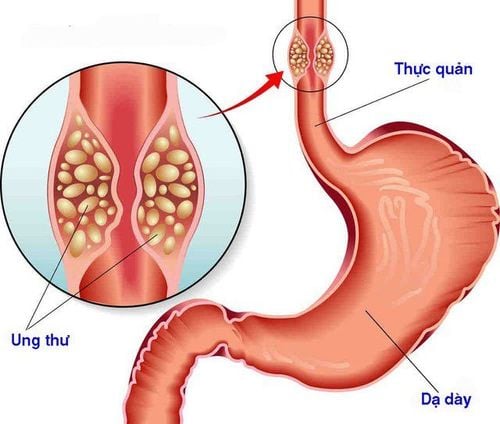
Ung thư thực quản là bệnh ung thư mà khối u ác tính xuất phát từ các tế bào biểu mô của thực quản
>> See also: Update on risk factors for esophageal cancer (Part 1) – Posted by Master, Doctor Mai Vien Phuong - Department of Examination & Internal Medicine - Vinmec International General Hospital Central Park
2. It is necessary to properly understand the treatment of esophageal cancer with radiation therapy
Radiation therapy for esophageal cancer is a method of using high-energy rays to destroy cancer cells, affecting only cells in the treatment area.Radiation therapy for cancer can be done before surgery to destroy and shrink the tumor or it can also be done after surgery to completely destroy the remaining malignant cells after surgery.
In cases where the size and location of the tumor makes surgery difficult or the patient does not undergo surgical treatment, radiation therapy is applied. Currently, radiation therapy for esophageal cancer has two types commonly used in treatment: external radiation therapy, internal radiation therapy.
2.1 External beam radiation therapy External beam radiation therapy is conducted almost similar to X-ray methods and is commonly used for people with esophageal cancer. Usually, radiation therapy lasts from a few days to a few weeks.
2.2 Internal radiation therapy With internal radiation therapy, the doctor inserts a long endoscope down the throat near the location of the cancer cells. At that time, the radiation distance is shorter, so it has less effect on the surrounding normal tissue. Internal cancer radiation therapy is divided into 2 types:
High-dose radiation therapy (HDR) is a method of delivering high doses of radioactive material near the tumor for several minutes at a time. Low-dose cancer radiation therapy (LDR) is the use of lower concentrations of radiation that is placed near the tumor for a longer time (1 or 2 days) for each treatment. Radiation therapy for cancer may be used alone or in combination with chemotherapy as an initial treatment alternative to surgery, especially for patients whose tumor size or location makes it difficult to treat cancer. difficult surgery. Doctors can develop a combination of radiation therapy with chemotherapy to shrink the tumor before surgery.
Radiation therapy is still the method of choice to help patients reduce pain and make swallowing easier in cases where esophageal cancer cannot be completely removed by surgery.
3. When is radiation therapy indicated for esophageal cancer?
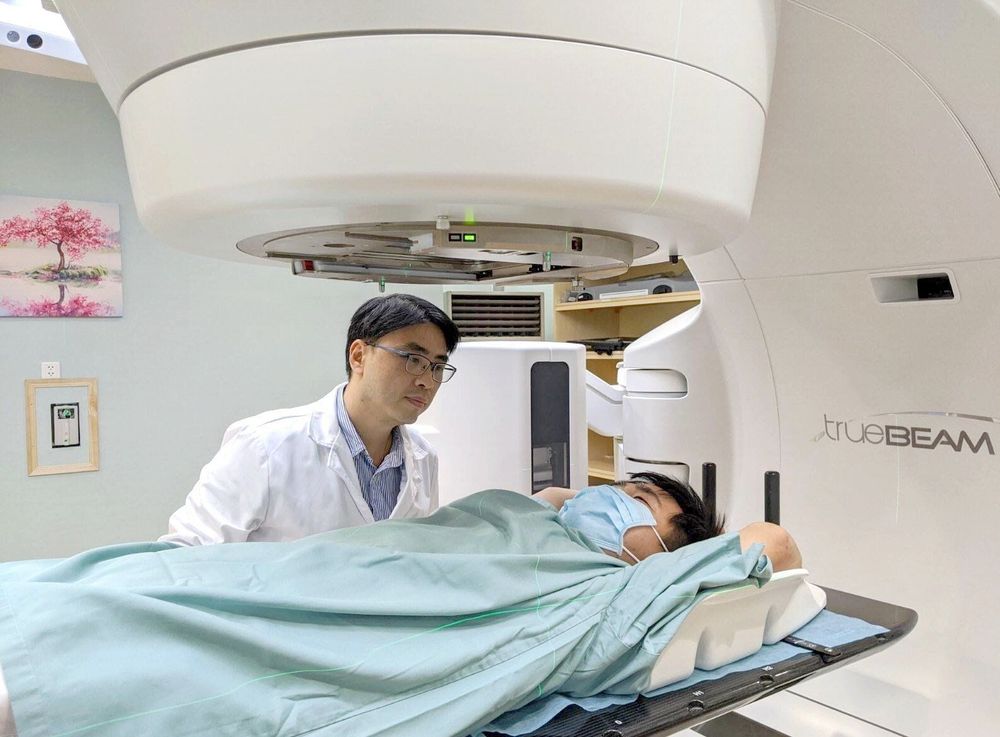
Phương pháp xạ trị có nhiều ưu điểm nhưng sẽ không tránh khỏi việc tác động lên tế bào lành tính
People with esophageal cancer are in poor health and have no stamina. good or the patient does not want to undergo surgery. The patient's tumor has grown too large to make surgery difficult. At that time, the patient will be prescribed radiation therapy for cancer so that the surgery can be done easily, quickly and with little pain. In addition, radiation therapy for esophageal cancer is used as an adjuvant before surgery to shrink the size or after surgery to remove the remaining cancer cells. All questions need to be answered by a specialist doctor as well as if you have a need for examination and treatment at Vinmec International General Hospital. nationwide, please book an appointment on the website for the best service.
Please dial HOTLINE for more information or register for an appointment HERE. Download MyVinmec app to make appointments faster and to manage your bookings easily.




